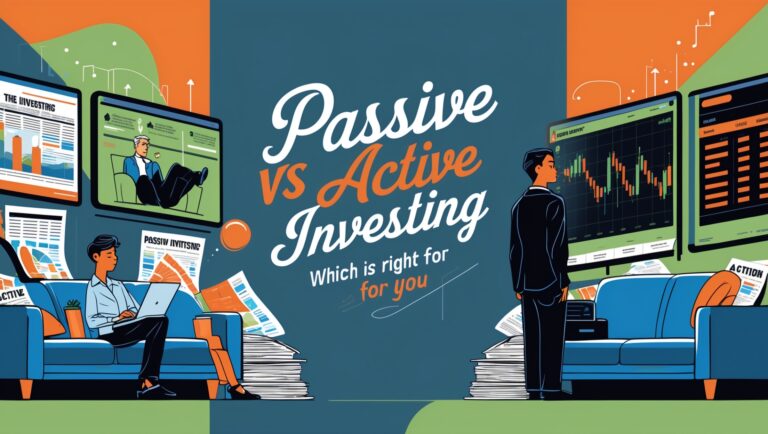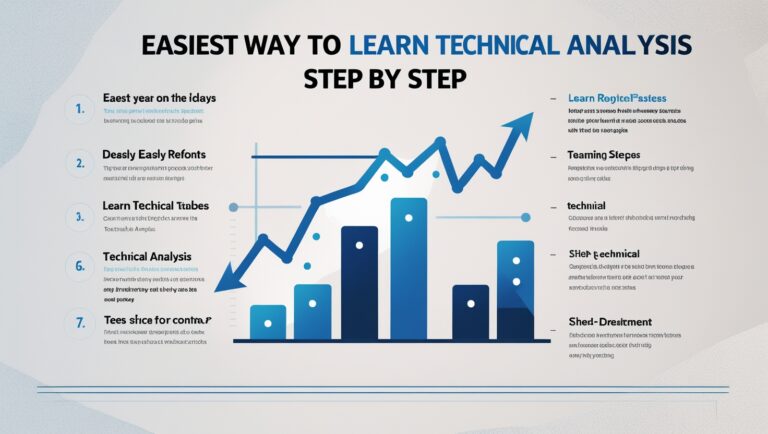Stock Trading for Beginners: What You Actually Need to Know
Stock Trading for Beginners: What You Actually Need to Know
When I first started trading stocks, I was overwhelmed with information. Indicators, chart patterns, gurus shouting on YouTube — it felt like too much, too fast. I didn’t come from a finance background, and I didn’t have thousands of dollars to blow. I just wanted to learn how to trade stocks in a way that actually worked — something simple, consistent, and real.
This post is everything I wish someone told me when I was just starting. No fluff, no hype — just what you need to know if you’re serious about learning to trade. If you want to skip the confusion and get my full routine that helps me pay bills using stocks, grab my ebook here:
👉 Pay Bills With Stocks

Table of Contents
Start with Simplicity, Not Complexity
One of the biggest beginner mistakes is trying to learn everything at once — MACD, RSI, Bollinger Bands, and all the advanced stuff. I made that mistake. But what actually helped me make money was stripping it all down.
I started trading without indicators. I focused on price action, volume, and momentum. And I found that the simpler I made my strategy, the easier it became to spot real opportunities.
If you’re just getting started, focus on learning how the market moves — not memorizing patterns. Watch how price reacts to news, how volume comes in before a breakout, and how certain stocks behave at certain times of day.
You Don’t Need to Trade All Day
I used to think I had to stare at the screen from 9:30AM to 4PM. But the truth is, most of the cleanest moves happen in the first hour of the market. That’s why I focus on trading early setups only — and I show how I do that inside my ebook.
If you’re working a 9–5 or just don’t want to sit in front of your computer all day, that’s good news. You don’t need more screen time — you need more focus.
Start Small and Focus on Learning
Forget about doubling your account overnight. I started with a small account and made it work by focusing on consistency, not profits. Every dollar you make while learning is a bonus — what matters most is that you’re building the right habits.
I focused on one trade at a time, using tight risk, and cutting losses quickly. I made sure I understood why I was in a trade — and even more importantly, why I was getting out.
Know Your Risk Before You Enter
This one’s crucial. Never enter a trade without knowing your stop-loss. If you’re risking $50, you better know where you’re cutting it. I never enter blindly. I only take setups where I understand the reward-to-risk ratio — and I go into detail on that in my ebook.
This is what separates people who survive from those who blow up accounts. Protect your money first. Profit comes after.
Create a Routine That Works for You
I built a simple routine that I repeat every week. I scan for stocks with volume, I build a 6-stock watchlist before the market opens, and I only trade what’s on that list.
That’s it. No guessing. No alerts. No trying to trade every setup I see on Twitter. If it’s not on my watchlist, I skip it.
This structure gave me clarity — and eventually, consistency. If you want to learn exactly how I do it, I laid it all out right here:
👉 Pay Bills With Stocks – The Ebook
Final Thoughts for Beginners
If you’re just getting into stock trading, don’t let the noise distract you. Focus on building a strategy that makes sense to you. Cut out the clutter. Stop chasing alerts. Learn how to read the market on your own.
You don’t need to be perfect. You just need to be consistent.
If you want a shortcut to avoid most beginner mistakes and learn the exact process I use to make monthly income from stocks, my ebook is the best place to start.
👉 Click here to get Pay Bills With Stocks
It’s not about hype — it’s about control, structure, and showing you how to do it for yourself.
A big reason most beginners fail is because they’re trying to follow too many people at once. I did the same thing. I followed everyone on YouTube, Twitter, and Discord — but all it did was confuse me. That’s when I realized I needed to build my own plan and stop copying other people’s trades.
When I finally sat down and created my own strategy, it was like flipping a switch. I had clarity. I wasn’t guessing anymore. I was executing based on a system — my system. That’s what helped me stop losing and start winning.
I know it’s tempting to think you need to buy expensive courses or software, but I built everything using free tools and simple methods. That’s why I put together my ebook — to show people you don’t need fancy stuff to succeed.
Inside it, I break down how I build my watchlist before 9:30AM, how I spot momentum, and how I find those clean setups that actually move. It’s written for people just like me — people who want to trade smart and not stress all day.
Another important thing beginners need to understand is trading psychology. Emotions can ruin a perfect trade if you’re not disciplined. I used to jump into trades too early, or hold too long because of hope. That’s why having a plan — and sticking to it — is non-negotiable.
Every trade I take has a purpose. I know my entry, stop, and exit target before I click the button. That gives me confidence and eliminates fear. I explain exactly how I build that plan every day in my routine.
A lot of people also don’t talk about knowing when NOT to trade. Some days, the market is choppy or flat. On those days, I sit out. No setup = no trade. And ironically, that’s what makes me profitable. I don’t give my profits back by forcing bad trades.
If you’re new, one of the best habits you can build is journaling every trade. Write down what worked, what didn’t, and how you felt during the trade. I learned more from reviewing my own trades than from any YouTube video.
Another common issue for beginners is overtrading. You don’t need to take 10 trades a day to make money. I usually trade just 2 or 3 times a week. And yet I’ve been able to withdraw profits and pay real-life bills using this method.
That’s because I focus on high-probability setups only. I don’t need to trade every stock. I only need to trade the ones that fit my system. That’s how I protect my account — and grow it.
If I could go back and start over, I’d skip all the fluff and start with a simple system like the one I use now. That’s why I made my ebook — to help beginners avoid the mistakes I made and start strong with a repeatable trading process.
👉 If you want that shortcut, grab it here: Pay Bills With Stocks.
It’s everything I wish I had when I was new.

Stay ahead in the stock market! Subscribe to our newsletter and receive exclusive stock flow reports, trading insights, and actionable tips directly in your inbox. Join thousands of traders who get our updates first.







